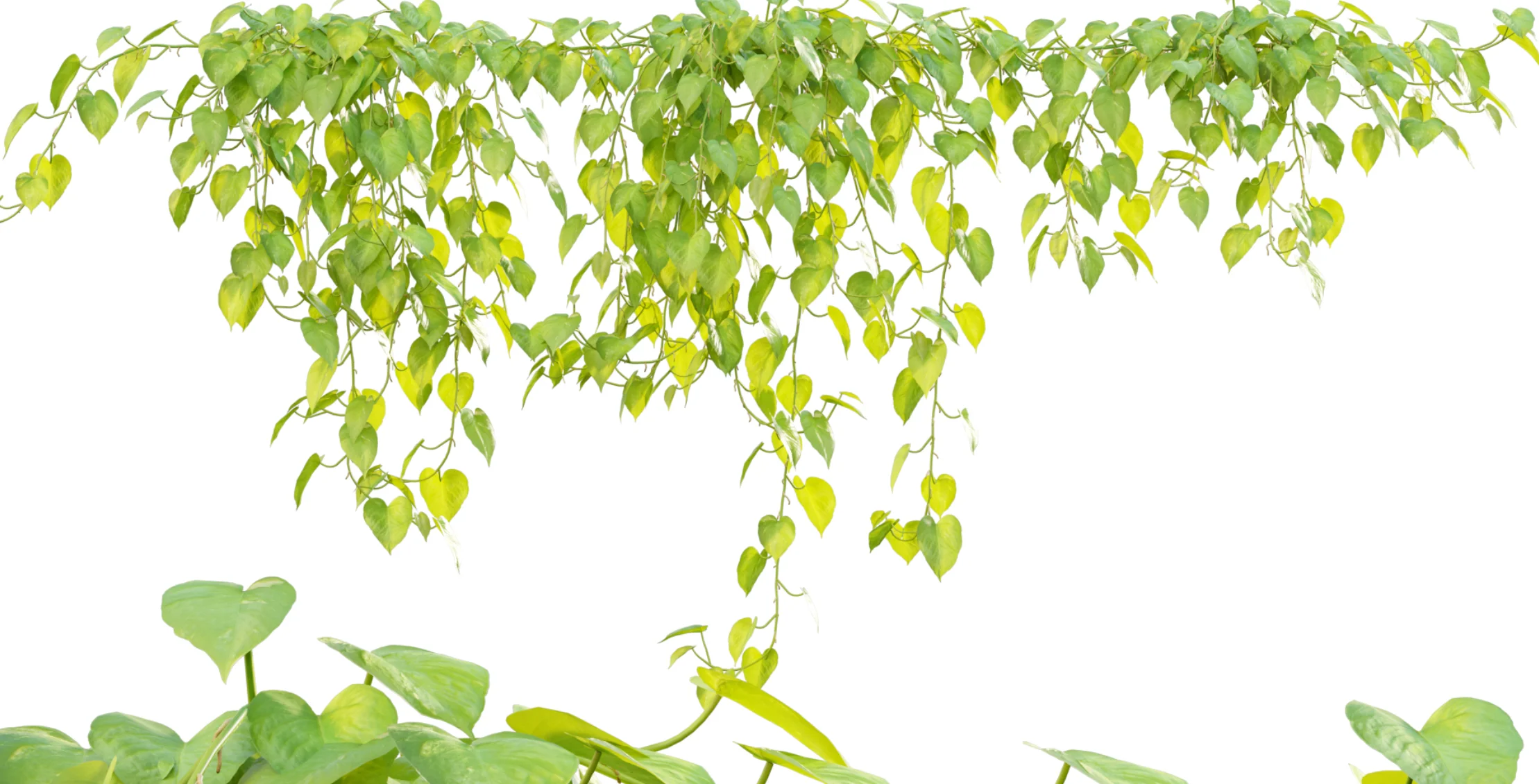
Epipremnum Aureum
Epipremnum Aureum
Epipremnum Aureum is from the family of Araceae (arum). By other names, it is also known as Marble Queen, Taro Vine, Devil’s Vine, Devil’s Levy, and Pothos. Pothos is low maintenance evergreen houseplant. As a horizontal ground cover, it only grows between 6 to 8 feet. It is desired for its variegated leaves on cascading stems and also for its glossy greenery. For hanging in baskets this plant is well-suited.
Pothos prefer medium light instead of direct sunlight and are very easy to grow. Also, in low light, it can even survive for a long period. To keep humidity levels up mist the leaves of the plant regularly. Fertilize your plant except when the plant is dormant in the winter. To remove any collected dust, wipe down the leaves often with a soft rag. Over time leaves mostly turn yellow and fall off from the plant. A bushy habit is to prune stems back to the mountain.
It was named Pothos aureus when it was first described in 1880, and often it was commonly referred to as pothos. In 1962 a flower was given a new name Rhaphidophora area. Researchers noticed its similarity to Epipremnum pinnatum after having a closer examination and synonymized it with that species.

More About Epipremnum Aureum
This species has become naturalized in tropical and sub-tropical forests worldwide including in Australia, South Asia, South Africa, the West Indies, and the Pacific Islands, and in some cases, it has caused several ecological damages.
It is a popular house plant. It is often used in decorated displays in offices, shopping centers, and public locations largely because it has attractive leaves and also requires a little care. It tends to grow naturally and is found in many gardens and parks in some tropical countries.
Few Characteristics of Epipremnum Aureum
It can reach more than 2 meters in height, as an indoor plant. It hardly develops adult-sized leaves even if given adequate support. Providing indirect light can achieve the best result. Giving direct sunlight for a long period can burn its leaves and it tolerates an intense luminosity. Temperature between 17 to 30 degrees C is the best in which the plant can live well.
Generally, when the soil feels dry to the touch give water to the soil only (usually once in one to two weeks). it is a very robust plant that supports bad growing conditions, however, in hydroponic culture, the plant grows rapidly. Fertilizer can be added and it must be replanted every two years. Adding a liquid fertilizer in spring will be a good decision.
Because of the presence of insoluble raphides, this plant is listed as toxic to dogs and cats according to ASPCA. Make sure that the plant is not consumed by pets.
Symptoms on Pets
Its symptoms may include vomiting, difficulty in swallowing, and oral irritation. It can also be mildly toxic to humans due to the presence of calcium oxalate within the plant. Atopic dermatitis as well as burning the region inside and surrounding the mouth are possible side effects because of the consumption of E.aureum. it can also lead to skin irritation
if you have any questions to Epipremnum Aureum




